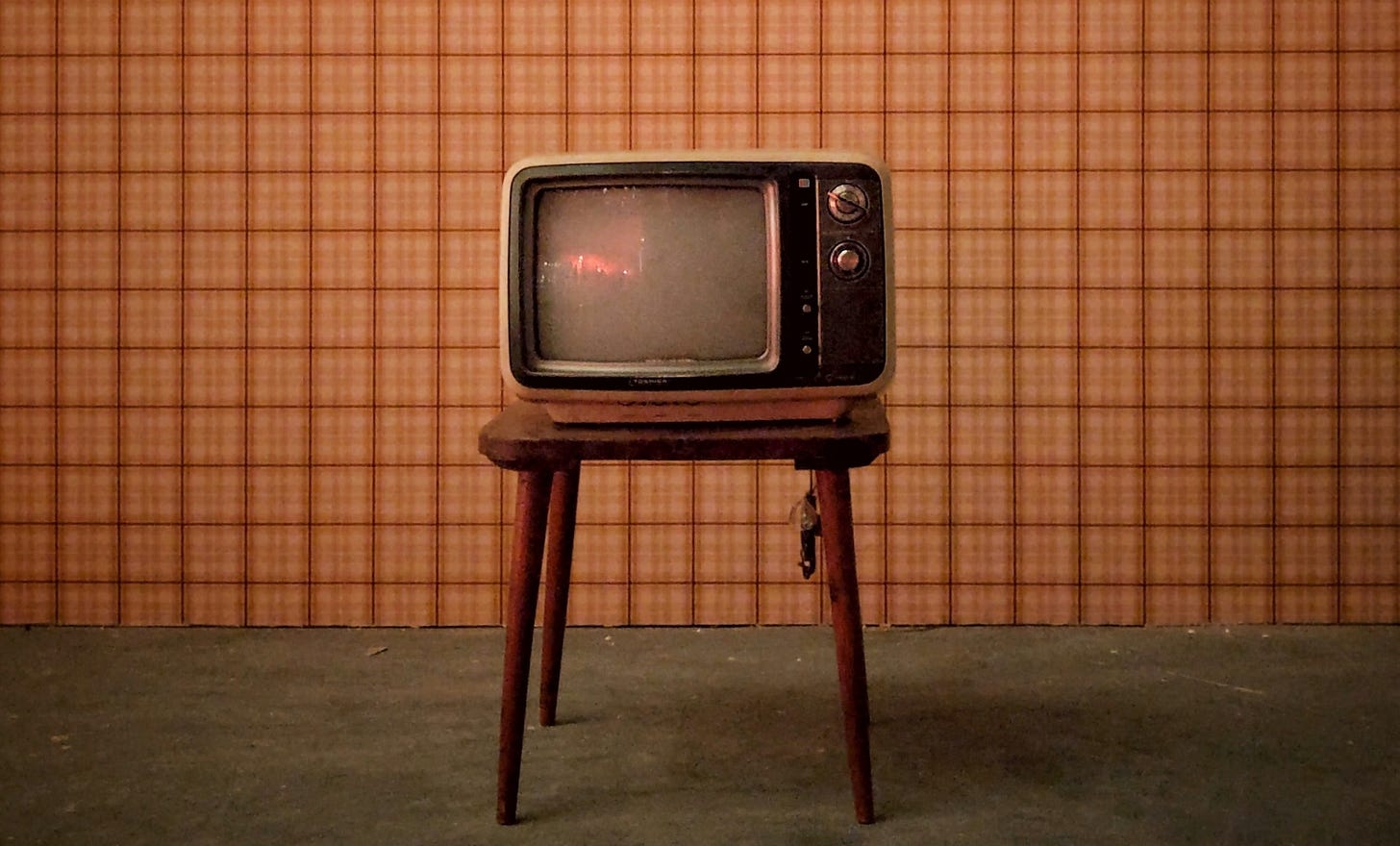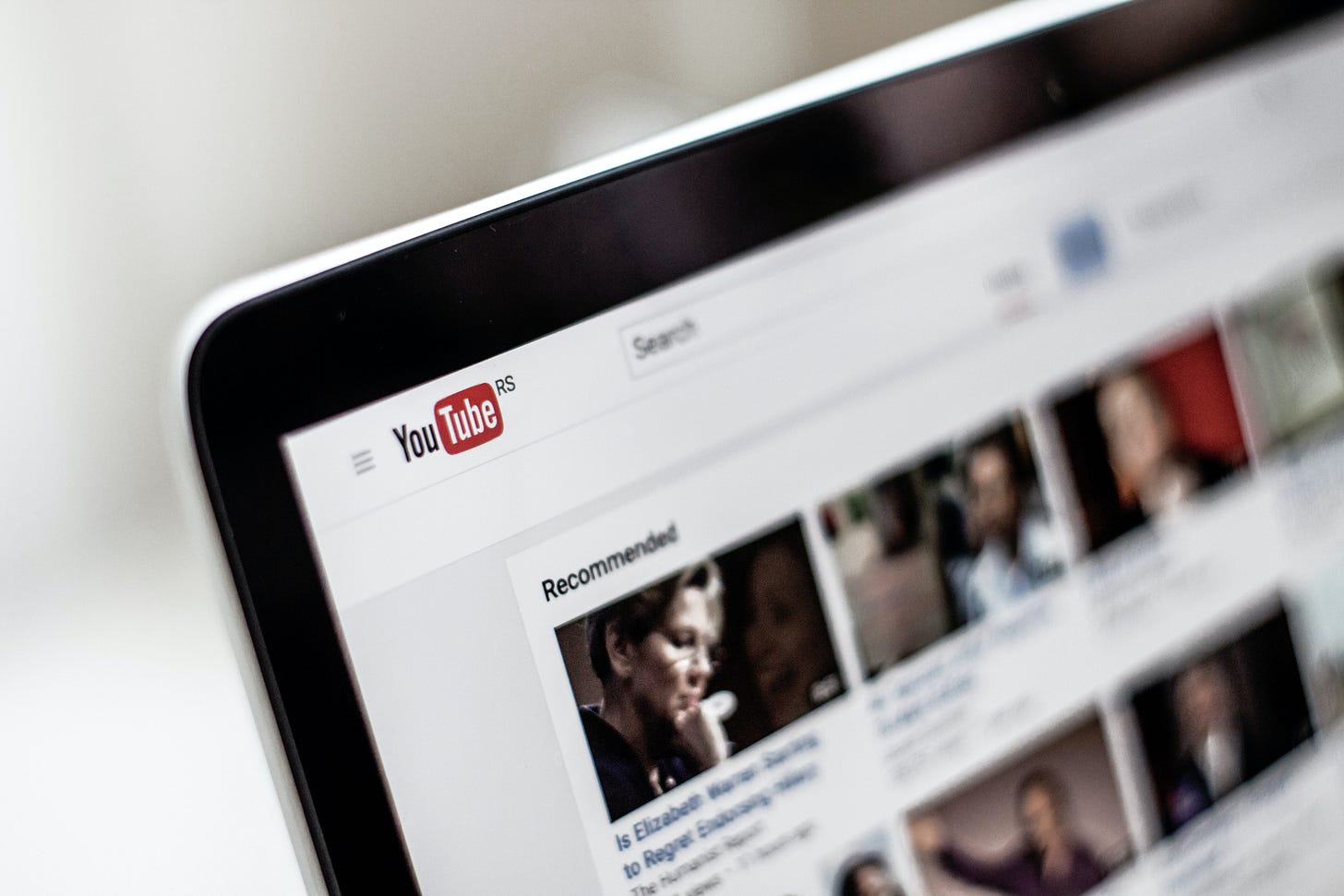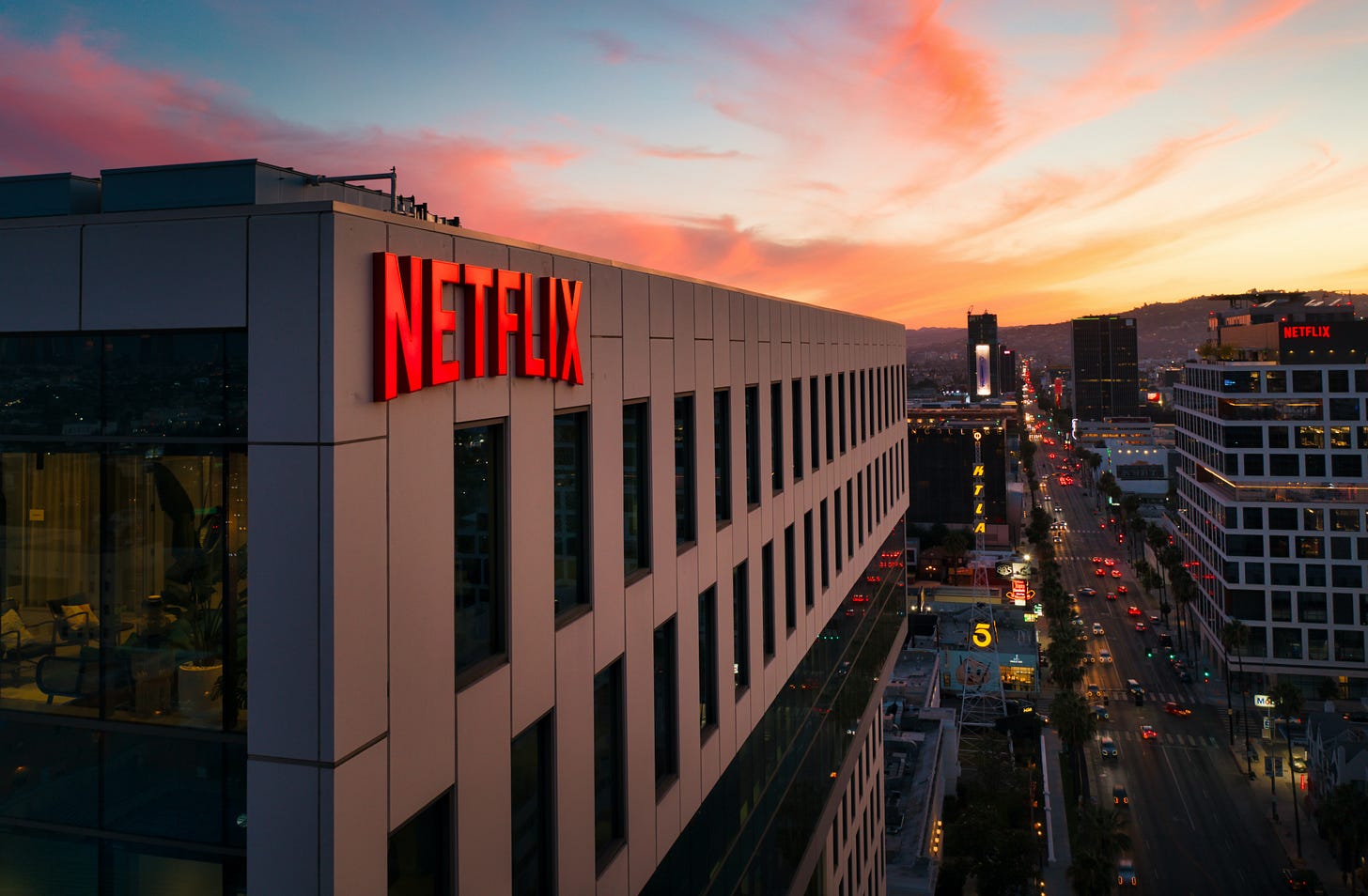The Genius of Instagram and its contempt for creators

One can’t help but admire Instagram and how adept it was at getting creators to work for free and make its owner obscenely wealthy.
To explain, let’s review a brief history of content creation.
Traditional Television

Traditional television studios produced TV shows (i.e., content) for public consumption. They then sold time slots within these shows to advertisers.
This advertising revenue was used to compensate those involved in the production of TV shows, i.e., the content creators. This model of content creation was fair to all parties - viewers got free access to content paid for by advertisers and those who were involved in the production of television content got paid for their work.
YouTube

Then came YouTube in 2005. Under this model of content creation, any user with access to an internet connection and a video camera could start their own TV studio (i.e., a YouTube Channel), create content and build a viewership on the YouTube platform.
YouTube monetizes its user-generated content by selling advertising placements within videos. It shares some its advertising revenue with content creators if they meet certain criteria (a Channel must have over 10,000 views).
Although a YouTube content creator needs a lot of followers and video views to make a living off of this platform, it can be done.
Netflix

Netflix launched streaming videos in 2007. It works like a traditional television station in that it creates its own content and licenses content from others, such as Hollywood production studios. However, it generates its revenues from user subscriptions rather than from advertising and its content creators get paid from subscription fees.
It remains to be seen whether this ad-free business model can sustain itself; users might be unwilling to stay when Netflix inevitably hikes its monthly fees to pay for the increased costs of content creation and licensing.
Instagram

Unlike traditional television stations and Netflix, Instagram doesn’t create its own content - it relies on its userbase to create content for them.
And unlike YouTube, it doesn’t share its advertising revenue with its content creators.
How it “compensated” content creators - particularly those who were trying to build careers using its platform - was to give them hope that if their content went viral, they’d become internet famous and would gain large followings.
This would lead to financial opportunities such as sponsorship and product placement deals and in the case of independent musicians, a recording contract with a major record label.
If your picture or video was particularly exciting and engaging, it would be liked, saved and shared and it would be shown to more Instagram users.
And as it received even more saves and shares, it would be shown to even more users until it achieved virality. Creators were in effect, being compensated with user attention and the attendant financial opportunities in lieu of direct financial compensation from Instagram.
Up until 2022, this “compensation” model worked for many creators. Then in the Spring of 2022, Instagram updated its algorithm. This update had the effect of significantly reducing the number of organic views a piece of content received.
I use the term “organic” because it was clear as day what Instagram was trying to do - it was trying to force content creators to pay for sponsored content in order to maintain the level of views their content was receiving prior to the algorithm update.
Consider this: Instagram is relying on its userbase to create content for them so that it can attract an audience and sell advertising space to advertisers. But it’s charging users for the privilege of having their content seen by a wider audience in the hope that it will go viral.
Content creators weren’t receiving any financial compensation from Instagram, which was bad enough. But now Instagram has also taken away the compensation of user attention; you now have to pay for it.
Conclusion
There are many reasons why someone might want to use Instagram: to share photos and videos with friends and family, to use it as a personal blog or to just use it passively as a form of entertainment.
However, if you’re a content creator looking to build a career by using Instagram to find an audience, it’s going to be expensive as it’s now only possible to do so by paying for sponsored content with no guaranteed results.
Content creators are the lifeblood of Instagram and this approach shows that its owner has a real disdain and contempt for them. Many creators have caught onto this and are now spending increasingly less time on Instagram or are leaving it entirely.
One can’t be too surprised. After all, Instagram’s owner has referred to users of his first social media platform as dumbf*cks.



